Fruitcake shows up every year at Christmas, though it isn’t everyone’s favourite holiday treat. Mass-produced fruitcakes created the classic image of a dry, leaden cake that drove a nail into the coffin in the early 20th century and fruitcake fell from grace.
The history of fruitcake goes way back to ancient Rome. A 2000 year-old recipe proves that the ancient Romans already made a mishmash of barley, pomegranate seeds, nuts and raisins.
The modern fruitcake can be traced back to the Middle Ages when dried fruits became more widely available and fruited breads entered Western European cuisine. The tradition of making fruitcakes for special occasions gained in popularity in the 18th and 19th centuries and due to the cost of the materials, it was a grand indulgence.
Homemade stuff can’t be compared to store-bought products, that’s why it’s worth making your own fruitcake instead of buying a pig in a poke. There are thousands of fruitcake recipes in the cyberspace, so you may need to employ the method of trial and error before you find one that pleases your palate.
The following recipe isn’t a classic fruitcake, as it doesn’t contain nuts and spices, but it’s soft, light, and delicious, and it’s loaded with an assortment of dried fruits and chopped dark chocolate. If you give it a try, you may end up getting a positive fruitcake experience.



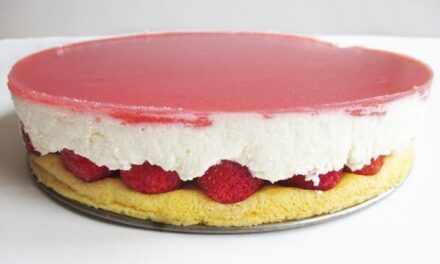







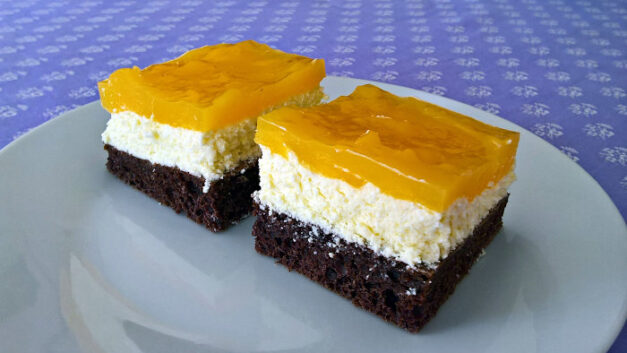

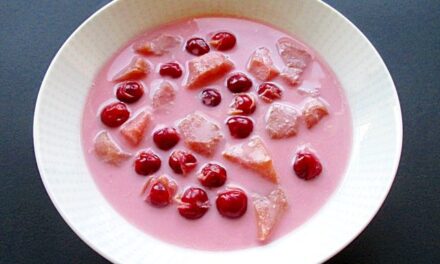



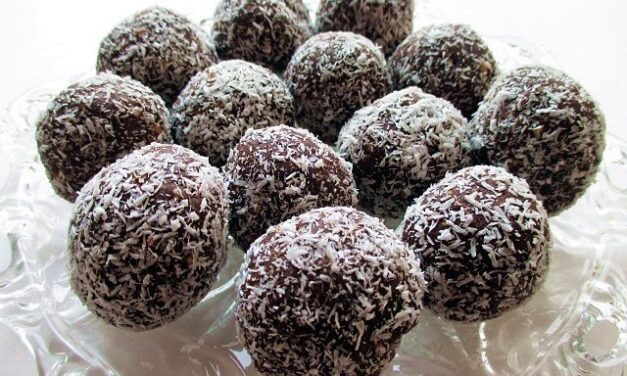
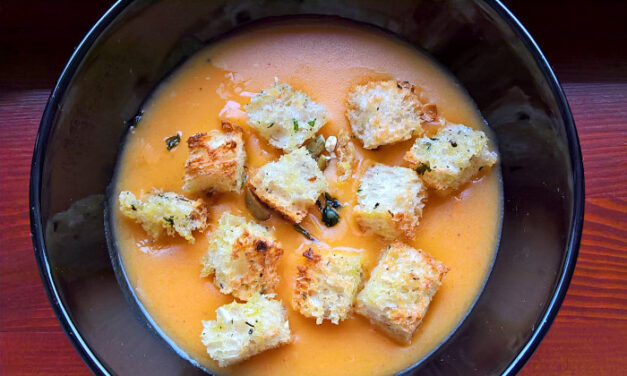


0 Comments